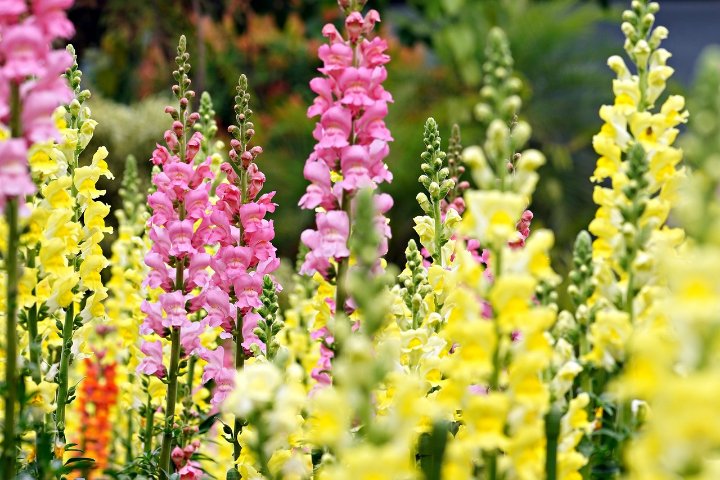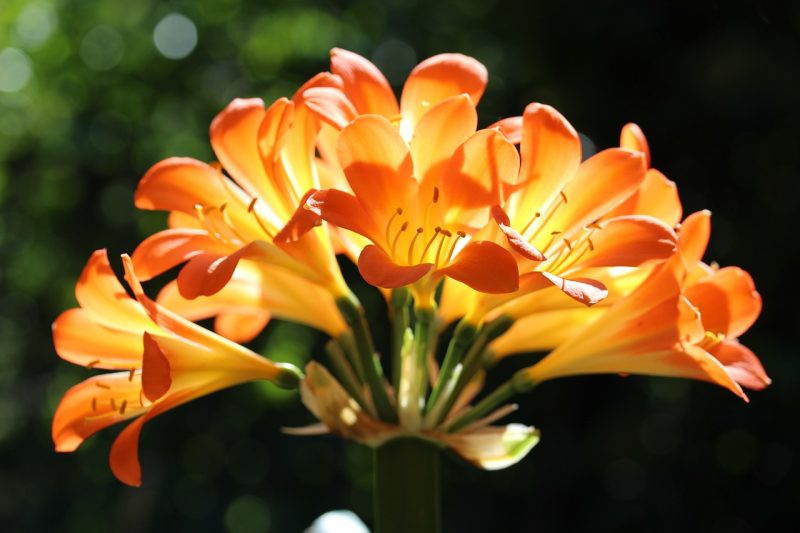Leatherleaf Mahonia
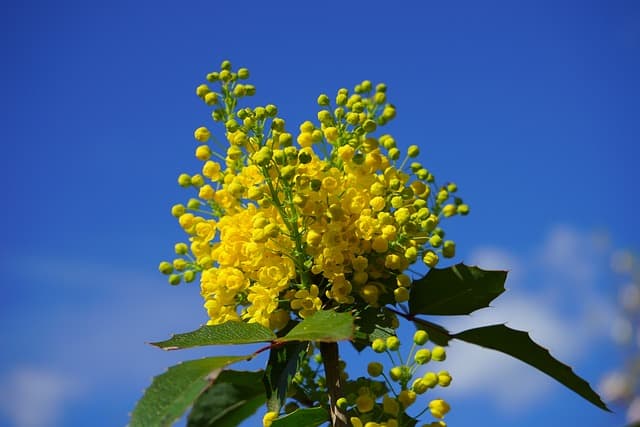
Leatherleaf Mahonia, known for its bold foliage and unique flower spikes, thrives brilliantly in Zone 9, offering a splash of color even in the coldest months. Scientifically named Mahonia bealei, this evergreen shrub can grow up to six feet tall and wide, making it a striking centerpiece in any garden. One of the most appealing features of Leatherleaf Mahonia is its glossy, leathery leaves that exhibit a rich dark green hue, providing a beautiful backdrop to its winter blooms.
During the winter months, from late fall through early spring, Leatherleaf Mahonia produces clusters of bright yellow flowers that emit a subtle yet sweet fragrance. These blossoms not only attract a variety of pollinators, including bees and butterflies, but they also provide a vital nectar source during the colder months when fewer blooms are available. The flowers eventually give way to dark blue berries that are favored by birds. When planting Leatherleaf Mahonia, ensure it has well-drained soil and a location that receives partial shade to full sun, as the plant prefers a sheltered environment away from strong winds, which can damage its delicate blooms.
Incorporating Leatherleaf Mahonia into your winter garden not only enhances visual interest but also supports local wildlife. Its robust nature means it requires minimal maintenance, making it an excellent choice for busy gardeners. With its year-round attractiveness and ability to thrive in the sometimes harsh winter conditions of Zone 9, it’s a dependable option for creating a vibrant landscape.
Winter Jasmine
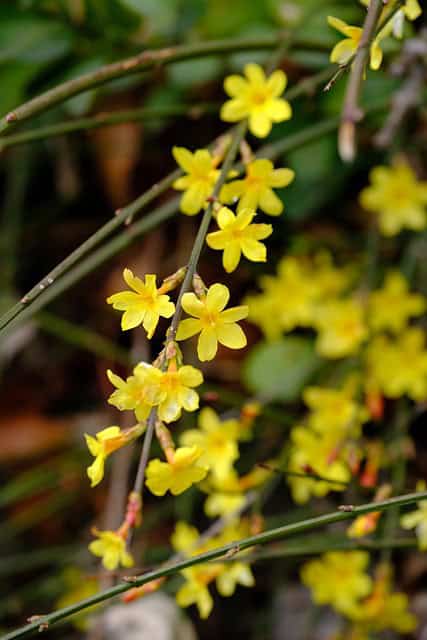
Jasminum nudiflorum, commonly known as Winter Jasmine, is another splendid choice for those looking to add winter flowers to their Zone 9 gardens. This deciduous shrub brings life to the chilly months with its bright yellow flowers that appear on bare stems as early as January. These early blooms provide a much-needed splash of color when many other plants remain dormant, often seen cascading gracefully over walls and garden beds.
Winter Jasmine is particularly beloved for its resilience and adaptability. It thrives in a variety of soil types, though it performs best in well-drained, slightly alkaline conditions. One of its remarkable characteristics is its ability to flower in the low light conditions of winter, thanks to its unique physiology that allows it to photosynthesize efficiently in cooler temperatures. Gardeners can encourage prolonged blooming by lightly pruning the plant after it finishes flowering, which also stimulates new growth.
The fragrance of Winter Jasmine is subtle but enchanting, making it a delightful addition to pathways and areas where people can appreciate its pleasant scent. Additionally, it serves an ecological purpose, attracting beneficial pollinators that emerge during the early spring months. To integrate Winter Jasmine into your landscape, consider planting it in areas that receive full sun to partial shade, creating visually appealing drapes of yellow that brighten up your garden throughout the winter season.
Firespike
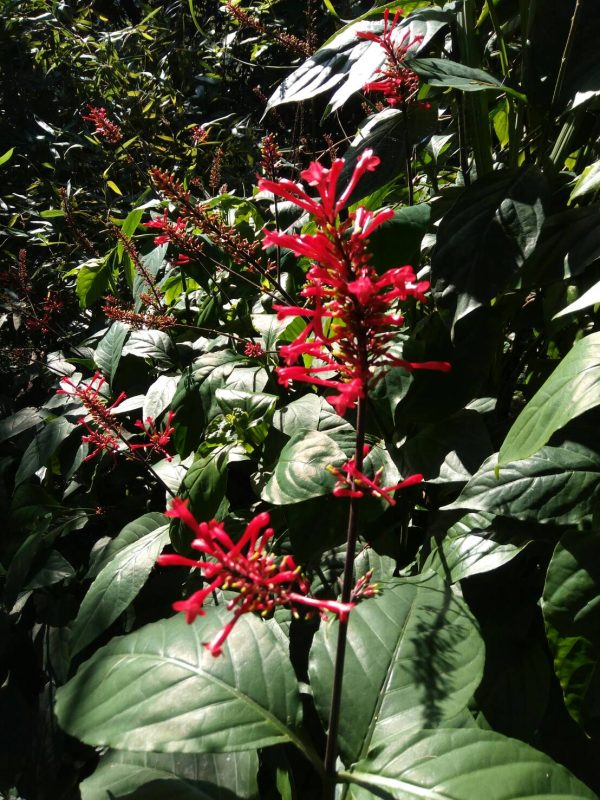
Firespike, or Odontonema strictum, is a sensational perennial that adds vibrancy and excitement to any garden, particularly in the winter months of Zone 9. Known for its eye-catching tubular red flowers that bloom in late fall and persist into winter, Firespike acts as a magnet for hummingbirds and butterflies, making it an excellent choice for those looking to increase biodiversity in their gardens.
This hardy plant can reach between three to four feet in height and is characterized by its lush green foliage and upright growth habit. The fiery red flower spikes emerge from the top of the plant, creating an explosive burst of color against a winter backdrop. To ensure robust flowering, Firespike is best planted in full sun to partial shade, and it prefers moist but well-drained soil, allowing it to thrive and bloom its brightest.
One of the most compelling reasons to include Firespike in your winter landscape is its resilience to drought once established, requiring minimal watering. This characteristic paired with its vibrant colors provides an easy-care option for gardeners who desire beauty without extensive labor. For a dramatic effect, consider planting Firespike in groups or drifts, where its fiery blooms can be appreciated in full force. Moreover, this perennial’s adaptability and drought tolerance make it an ideal plant for sustainable gardening practices in warmer climates.
Kaffir Lily
Kaffir Lily, or Clivia miniata, is a captivating and resilient flower that brightly adorns gardens in Zone 9 during the winter season. Native to South Africa, this perennial plant is celebrated for its striking clusters of trumpet-shaped flowers that appear in shades of orange, yellow, and even white, typically during the late winter months. These blooms arise from bold, strap-like leaves that remain evergreen, providing a lush green contrast to seasonal landscapes.
One of the charming features of Kaffir Lily is its ease of cultivation. It flourishes best in well-drained soil and can handle both full sun and partial shade, making it versatile for various garden settings. Furthermore, Kaffir Lily requires minimal care, thriving with regular watering yet showing remarkable drought tolerance once established. This adaptability makes it an ideal choice for gardeners seeking low-maintenance options that still provide a stunning winter display.
Kaffir Lily also has the bonus of being deer-resistant, making it less enticing to wildlife that might damage other delicate winter blooms. Additionally, as an intriguing detail, this plant is not only beautiful but also has a rich cultural significance in its native land, where it is often associated with prosperity and vitality. Planting Kaffir Lily in your winter garden not only emphasizes vibrant hues but also looks to the cultural context that these global plants embody, enriching your garden’s narrative.
Witch Hazel
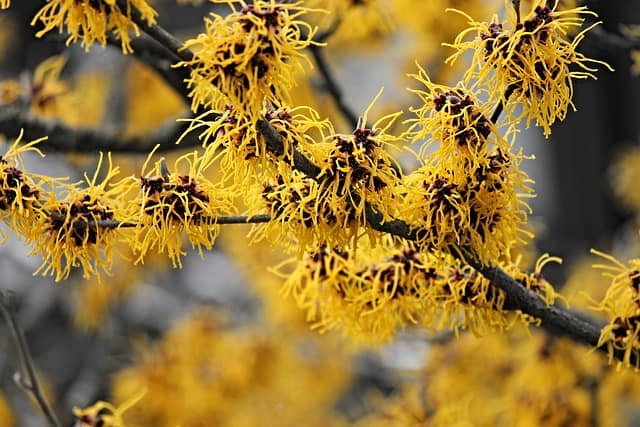
Witch Hazel, scientifically known as Hamamelis, is a unique perennial shrub that flourishes in Zone 9, boasting a notable winter flowering period that can be as magical as its name suggests. With its fragrant, spidery blossoms appearing in late winter or early spring, Witch Hazel adds an elegant twist to typical winter florals. The yellow, orange, or red flowers emerge from bare branches, creating a stunning visual that seems to dance against the winter sky.
Beyond the aesthetic appeal, Witch Hazel serves crucial ecological functions. The flowers are an important source of nectar for early pollinators, particularly bees waking from their winter dormancy. Additionally, the foliage develops beautiful fall colors, providing year-round interest in the landscape. When planted correctly, Witch Hazel prefers well-drained, fertile soil and a location that receives full sun to partial shade.
Handling Witch Hazel’s sensitivity to drought conditions is essential to its thriving health. Regular watering during dry spells supports the plant’s growth and flowering. As an added benefit, the extracts from its leaves and bark hold medicinal properties, historically used in remedies for skin irritations and inflammation, establishing Witch Hazel as not only an ornamental but functional addition to the garden. Its striking blooms paired with its utility create a compelling reason to include Witch Hazel in your winter landscape for both beauty and a nod to traditional herbal practices.
Fashion Azalea

Fashion Azalea, or Rhododendron hybrids, stands out as a favorite among winter flowers for Zone 9, celebrated for their prolific blossoms that range in hues from soft pinks to vibrant reds and whites. This cultivar thrives in the mild winters of Zone 9, producing masses of blooms that create a breathtaking focal point even during the cold months. Fashion Azaleas are particularly noted for their long blooming periods, extending from mid-winter through spring, providing consistent bursts of color in your garden when many other plants are dormant.
These azaleas thrive in well-drained, acidic soil, and they appreciate a location offering partial shade, especially in areas with intense afternoon sunlight. It’s essential to ensure adequate moisture without waterlogging, as Fashion Azaleas do not tolerate very wet soils. Their bushy nature and compact growth habit make them adaptable for various landscaping styles, whether used as low hedges or mixed into perennial borders.
In addition to their visual splendor, Fashion Azaleas are relatively pest-resistant and hardy, making them a practical choice for novice gardeners. They also serve to attract pollinators like butterflies and hummingbirds, further enriching your garden ecosystem. For those interested in creating a wildlife-friendly winter landscape, grouping Fashion Azaleas together can provide a stunning spectacle while fostering a pollinator haven. Their diverse color palette and adaptability bring joy to gardening enthusiasts and are a cherished addition to any Zone 9 winter garden.
Snapdragon
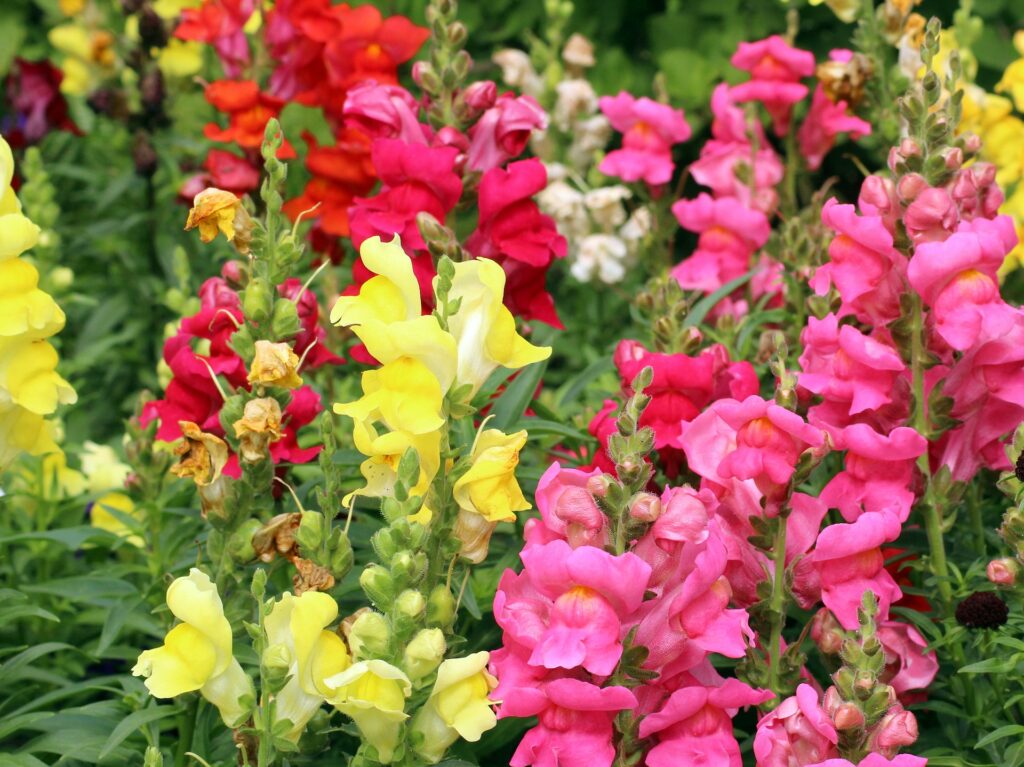
Snapdragons (Antirrhinum majus), with their whimsical, dragon-shaped flowers, bring charm and character to winter gardens in Zone 9. While traditionally known for their vibrant displays in spring and summer, these hardy biennials can offer color and interest during the winter months when the climate is milder. Available in a plethora of colors, including pink, purple, yellow, and white, Snapdragons create stunning vertical accents in borders, containers, and garden beds.
One of the key benefits of Snapdragons is their ability to thrive in cooler temperatures, making them perfect candidates for winter planting. In Zone 9, they can often bloom as early as November and continue to flourish through the winter months, providing a welcome splash of color against the often-gray winter skies. They prefer well-drained soil and full sun but can adapt to partial shade, particularly in areas where afternoon sun may be too intense.
Beyond aesthetics, Snapdragons are known for attracting pollinators, particularly bees, thus enhancing the biodiversity of your garden. They are also quite resilient and can withstand a light frost, though extreme cold might impact their blooming potential. Utilizing Snapdragons in your winter flower strategy not only beautifies your landscape during drab weather but also supports the local ecosystem, creating a vibrant and interactive garden space.
Petunia
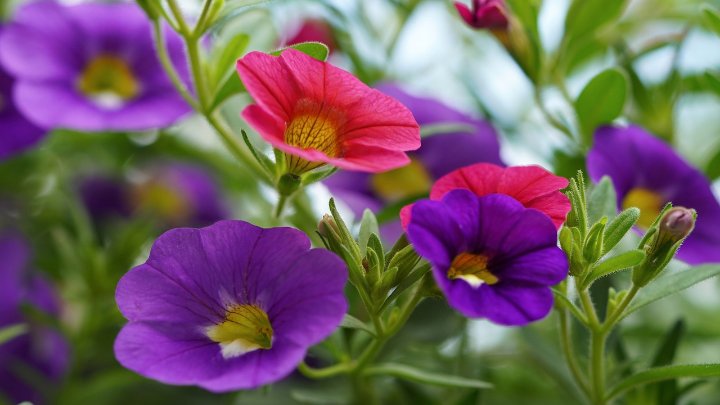
Petunias (Petunia x hybrida), particularly the wave and trailing varieties, are versatile winter flowers that provide an explosion of colors during the cooler months in Zone 9. Known for their wide range of hues and patterns, from solid colors to variegated shades, Petunias can transform any winter garden into a breathtaking spectacle. Their ability to bloom profusely makes them popular choices for container gardening, window boxes, and hanging planters.
These hardy annuals thrive in full sun and prefer well-drained soil enriched with organic matter. In Zone 9, Petunias can be planted in early winter, where they will continue to flourish with some regular care. Regular deadheading, or removing spent flowers, encourages prolonged blooming, making them ideal for gardeners who want a continuous display of color. Their fragrant blooms and vibrant patterns are not just visually appealing; they can also attract beneficial insects to your garden.
Petunias exhibit remarkable versatility, working excellently in various settings, from flower beds and borders to pathways and patios. They can withstand mild frost, making them a reliable choice for winter gardens. For optimal growth, ensure they receive adequate watering, particularly during dry spells, but be cautious to avoid overwatering, which can lead to root rot. Their cheerful demeanor and long flowering season make Petunias a must-have focal point in any Zone 9 winter landscape.
Pansies

Pansies (Viola tricolor var. hortensis) are quintessential winter flowers that embody resilience and beauty, thriving in the cool winter months of Zone 9. Recognized for their delightful “faces” and wide array of colors, including deep purples, bright yellows, and soft blues, Pansies are the ideal choice for adding whimsical charm to garden beds, borders, and containers. Their vibrant blooms often extend through the fall and into spring, making them a seasonal favorite.
These hardy annuals flourish in cool temperatures and are known for their ability to tolerate light frost, making them exceptionally suited for winter gardens. When planted in well-drained soil with plenty of organic matter, Pansies can achieve vigorous growth and prolific blooming. They prefer full sun to partial shade, and their flexibility in growth conditions allows them to fit seamlessly into various garden designs.
Importantly, Pansies not only captivate with their beautiful flowers—they also enhance garden biodiversity by attracting pollinators such as bees and butterflies. Furthermore, their low-growing habit makes them excellent companions for taller plants. Pansies are relatively low maintenance, but regular watering will guarantee vibrant blooms throughout their growing season. Incorporating Pansies into your winter flower arrangements will elevate the color and charm of your garden, providing a joyous contrast to the winter landscape.
Violets
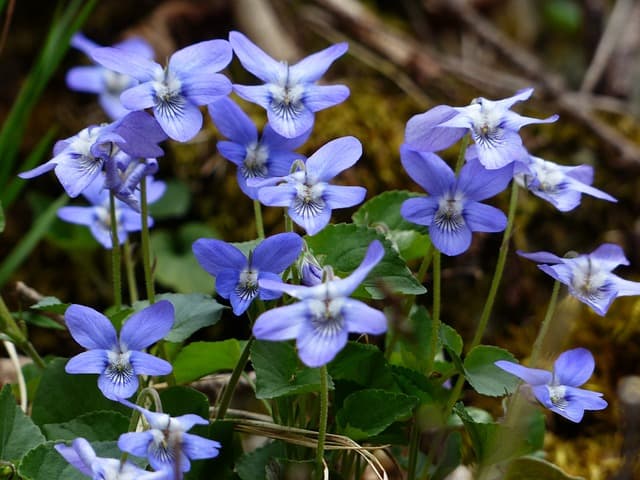
Violets (Viola spp.) are a charming addition to winter gardens in Zone 9, where their delicate blooms provide a soft and endearing contrast to the harsher elements of winter. These perennial plants are known for their striking purple, blue, yellow, and white flowers, often appearing as early as late winter. Violets can thrive in a variety of settings, from shady woodland gardens to sunny borders, making them versatile and desirable for diverse landscape designs.
One of the most appealing aspects of Violets is their ability to naturalize, spreading and creating a lush carpet of color over time. They prefer moist, well-drained soil that is rich in organic matter, which helps retain moisture while providing essential nutrients. In Zone 9, planting Violets in a location that receives dappled sunlight or partial shade will yield the best results, protecting them from the scorching afternoon sun while still allowing them to bloom prolifically.
Violets also have a fascinating dual nature; not only are they aesthetically pleasing, but their foliage is also edible and can be used in salads or as garnishes. Additionally, the flowers of some species can be candied and used as exquisite decorative elements in desserts. Beyond their culinary uses, Violets attract beneficial pollinators like bees and butterflies, enhancing the ecological balance within your garden. By incorporating Violets into your winter landscape, you create an inviting and delightful environment that delights the senses and supports local wildlife.
Carnations

Carnations (Dianthus caryophyllus) are another lovely choice for winter flowers in Zone 9, renowned for their frilled petals and captivating fragrance. These perennial favorites come in a vast array of colors, from soft pastels to vibrant hues, allowing gardeners to customize their floral displays to suit their preferences. Typically, Carnations bloom from fall through spring, providing consistent color when many other plants are dormant.
These flowers thrive in well-drained soil, ideally in a location that receives full sun. In Zone 9’s mild winters, Carnations often require minimal protection from frost. To encourage a profusion of blooms, regular deadheading is essential; by removing spent flowers, you stimulate the plant to produce new ones continuously. Their compact growth habit, usually reaching heights of 12 to 18 inches, makes them ideal for mixed borders and container gardening, where they can shine alongside other winter flowers.
The sweet aroma of Carnations also adds a sensory layer to your winter garden, enhancing the experience of being outdoors during the cooler months. Gardener-friendly and durable, they are relatively pest-resistant and can tolerate various soil types, as long as drainage is adequate. Incorporating Carnations into your winter floral arrangements not only enriches the visual appeal of your space but also fills the air with enchanting fragrances, creating a memorable ambiance.
Baby’s Breath
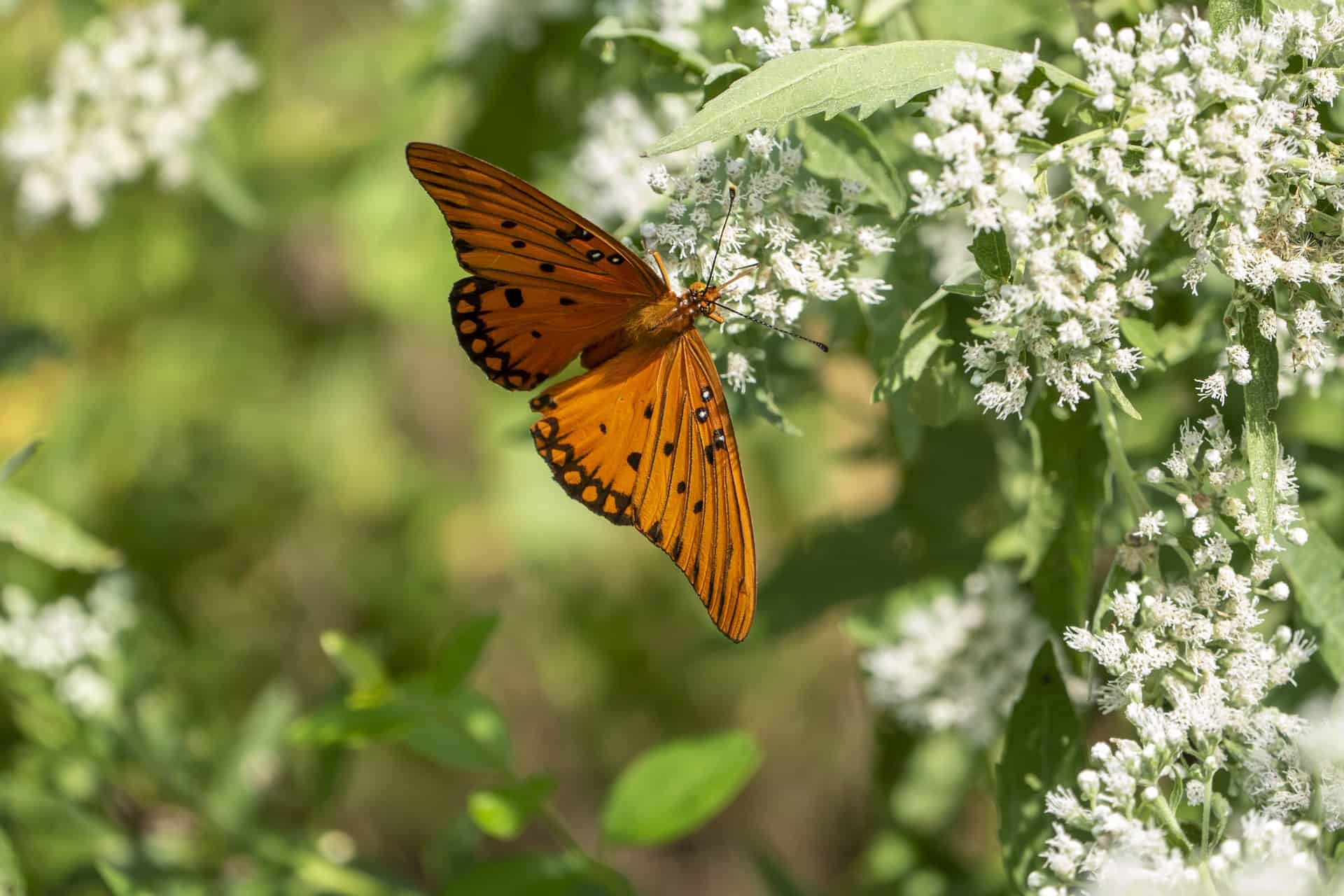
Baby’s Breath (Gypsophila paniculata) is a delightful and airy flower that can add a light and ethereal touch to winter gardens in Zone 9. Known for its delicate clusters of tiny white or pink flowers, this perennial is often associated with more significant blooms in arrangements but stands beautifully on its own. Baby’s Breath begins to flower in late winter and is known for its hardiness, making it an excellent choice for gardeners looking for something that can withstand the cooler temperatures.
This plant thrives in full sun and well-drained soil, highlighting its preference for lean, rocky conditions that mimic its native environment. Drought-tolerant once established, Baby’s Breath requires minimal watering, making it both a low-maintenance and sustainable choice for winter gardens. Its airy structure allows it to create a beautiful contrast against more substantial foliage and flowers, offering a visually pleasing layered effect in garden beds and borders.
Beyond ornamental uses, Baby’s Breath serves a functional purpose by attracting beneficial insects and pollinators, promoting biodiversity in the garden ecosystem. Its versatility also allows for use in cut flower arrangements, providing a backdrop that enhances other blooms and adding texture and volume. By adding Baby’s Breath to your collection of winter flowers, you embrace both elegance and utility, ensuring your garden remains dynamic and inviting throughout the winter months.
Geraniums
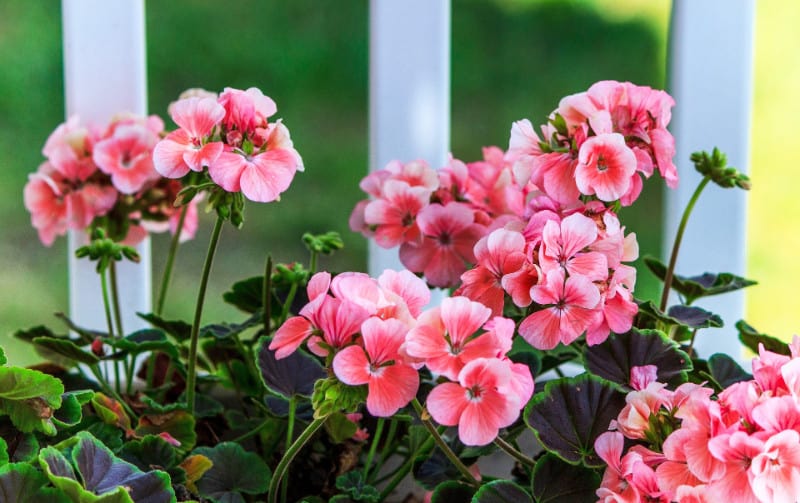
Geraniums (Pelargonium spp.) add a splash of color and charm to winter gardens in Zone 9, thriving in the mild temperatures that characterize the region’s winters. Often associated with vibrant blooms and lush foliage, these popular perennial plants are celebrated for their ability to produce flowers in various colors, including reds, pinks, whites, and purples. Depending on the variety, Geraniums can bloom from late fall through spring, offering continuous visual interest when many other plants lie dormant.
One of the appealing aspects of Geraniums is their adaptability; they can be grown in pots, hanging baskets, or directly in garden beds, making them versatile choices for any landscape design. Geraniums prefer well-drained soil enriched with organic matter and thrive best in full sun. They appreciate regular watering but are also somewhat drought-tolerant once established, making them suitable for water-wise gardening.
In addition to their striking blooms, Geraniums have aromatic foliage, which can deter some pests, providing a form of natural pest control in your garden. They are generally low-maintenance but benefit from occasional pruning to promote bushier growth and more vibrant blooms. By selecting Geraniums for your winter garden, you’ll create a lively atmosphere that brightens your outdoor space and provides a welcoming environment for pollinators.
Delphiniums
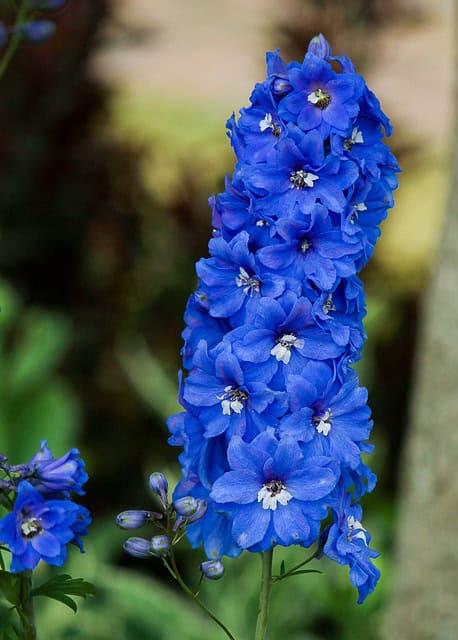
Delphiniums (Delphinium spp.) bring an elegant and dramatic flair to winter gardens in Zone 9. Known for their tall spikes adorned with stunning blue, purple, white, or pink flowers, Delphiniums stand out as show-stoppers in any landscape setting. Although they are more commonly recognized for their robust display in spring and early summer, certain varieties of Delphiniums can bloom in the winter months, particularly those carefully cultivated for milder climates like Zone 9.
These majestic plants appreciate well-drained soil with plenty of organic matter to support their growth. Planting Delphiniums in a full-sun location encourages healthy blooming, while ensuring continuous air circulation prevents problems such as mold or mildew. Providing support, like staking, may be necessary to help these tall plants remain upright, particularly in windy conditions or during winter storms.
Delphiniums can attract a host of pollinators, including butterflies and bees, contributing positively to your garden’s ecosystem. Moreover, they serve as excellent cut flowers, allowing you to bring the beauty of winter blooms indoors. While they may require a bit more attention in terms of watering and care, particularly during dry spells, their magnificent presence and vibrant colors make the effort worthwhile. Incorporating Delphiniums into your winter flowering scheme not only elevates the aesthetic of your garden but also establishes a sense of majestic beauty rarely captured by other seasonal blooms.


